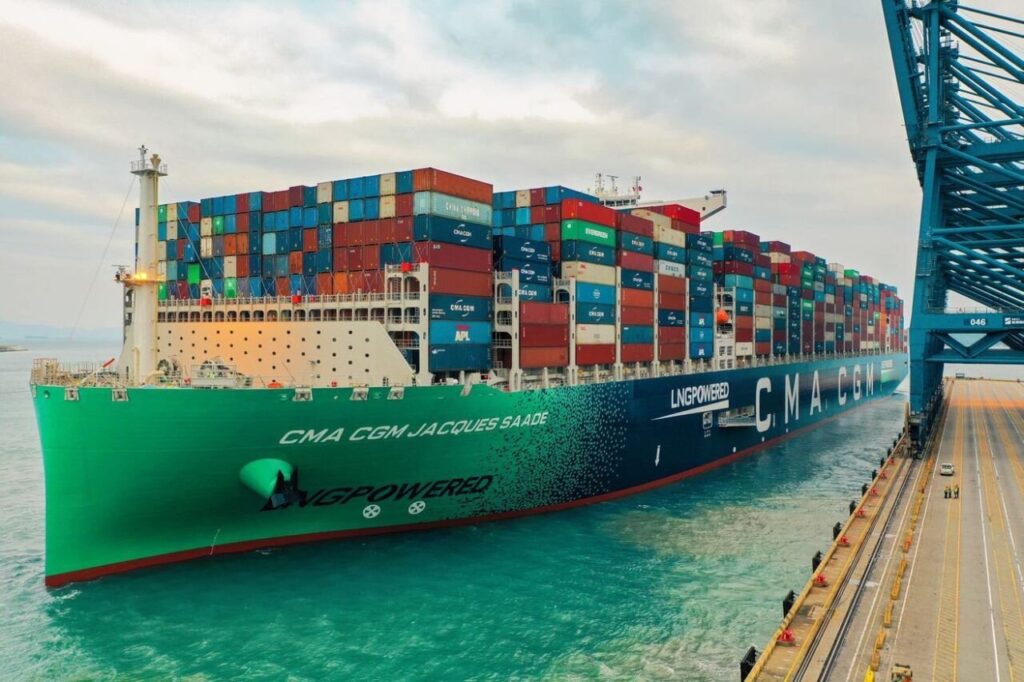China ranked first in the ranking of the world’s largest exporters of goods and services in 2024.
According to data from the World Trade Organization (WTO), China exported products for US$3 trillion 577 billion and commercial services for US$444 billion.
While exports of goods are physical products such as cars, shoes or medicines that a country sells abroad, exports of commercial services refer to intangible activities sold internationally, such as insurance, education, computer services and tourism.
Largest exporters of goods and services
The United States ranked second on this list, with product exports of $2 trillion 065 billion and commercial services sales of $1 trillion 077 billion.
The United States continues to pull away from China in trade. Now, countries such as Mexico and Vietnam are gaining prominence. They are acting as new key links in global supply chains.
This trend is due to trade tensions between the United States and China. In addition, companies are looking to diversify their import sources.
The following are the world’s top 5 exporters of goods and services in 2024, in billions of dollars:
- China: 4,021.
- United States: 3,142.
- Germany: 2148.
- Netherlands: 1,250.
- United Kingdom: 1,158.
Global trade
According to McKinsey, between 2017 and 2024, China’s share of U.S. imports fell six points. At the same time, Mexico and Southeast Asian economies, such as Vietnam, increased their presence.
In 2023, Mexico became the leading supplier of goods to the United States. It thus surpassed China for the first time since 2007.
This shift is not only geographic. It is also strategic. For example, companies such as Apple have moved part of their production to India and Vietnam. The goal is to reduce tariff risks and strengthen the resilience of their supply chains.
However, new concerns are emerging. One of them is transshipment. In some cases, Chinese products are sent to third countries before entering the United States. This is to avoid tariffs.
In response, the United States has asked Mexico, Vietnam and other nations to tighten their customs controls. Despite these challenges, the diversification strategy is moving forward.

